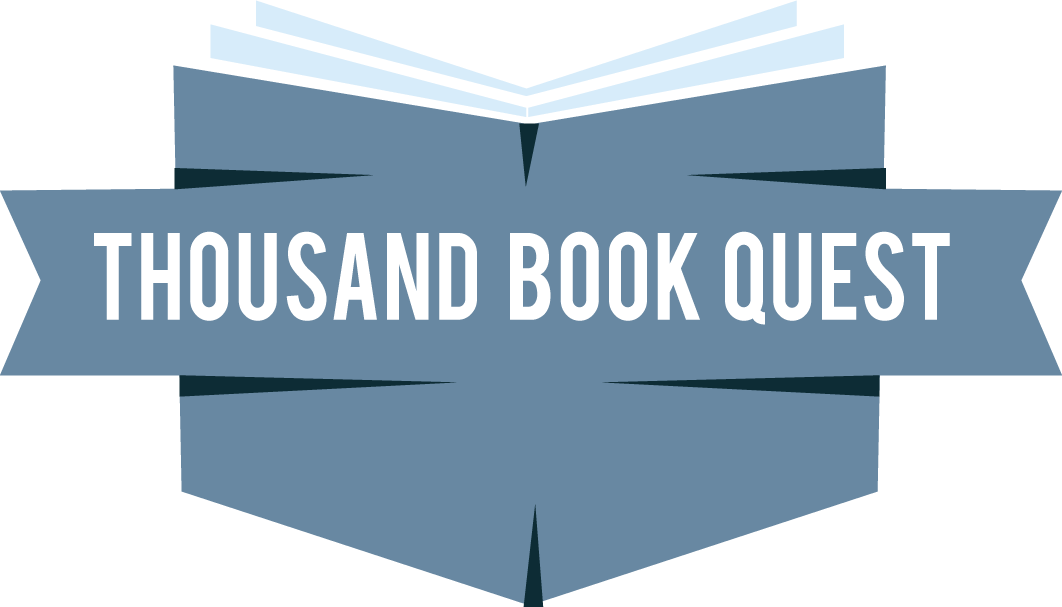561. Die with Zero: Getting All You Can from Your Money and Your Life
Rating: ☆☆☆☆
Recommended by:
Author: Bill Perkins
Genre: Non Fiction, Personal Finance, Happiness, Self Improvement, Business, Psychology, Economics
240 pages, published July 28, 2020
Reading Format: Book
Summary
The premise of Die with Zero is that too many people save all of their lives for their retirement and that by the time they retire they can’t enjoy their money. Instead, author Bill Perkins advocates a different approach to spending where you can maximize your enjoyment of your money throughout your life.
Quotes
“At the high end, retirees who had $500,000 or more right before retirement had spent down a median of only 11.8 percent of that money 20 years later or by the time they died. That’s more than 88 percent left over—which means that a person retiring at 65 with half a million dollars still has more than $440,000 left at age 85! At the lower end, retirees with less than $200,000 saved up for retirement spent a higher percentage (as you might expect, since they had less to spend overall)—but even this group’s median members had spent down only one-quarter of their assets 18 years after retirement.”
“You might think that as people get older, they spend money more freely out of the sheer desire to make the most of it before it’s truly too late. But the opposite tends to happen. In general, spending among American households declines as people age. For example, the Consumer Expenditure Survey, conducted by the Bureau of Labor Statistics, found that in 2017, average annual spending for households headed by 55-to-64-year-olds was $65,000; average spending fell to $55,000 for those between 65 and 74; and spending fell again to $42,000 for those 75 and older. This overall decline occurred despite a rise in healthcare expenses, because most other expenses, such as clothing and entertainment, were much lower. The decline in spending over time was even more acute for retirees with more than $1 million in assets, according to separate research conducted by J.P. Morgan Asset Management, which analyzed data from more than half a million of its customers.”
“The insurance companies that create annuities often make them seem like investments,” he wrote in a recent explainer about annuities. “But really they’re more like insurance.” Lieber went on: “Like insurance to stave off financial disaster, an annuity is something you purchase to guarantee that you won’t run out of money if you live a long time.” In fact, thinking of annuities as insurance makes them a lot more sensible than thinking of them as investments—because as investments they are not good at all. But that’s not their goal—their goal is to insure you against the risk of outliving your money.”
“It’s called consumption smoothing. Our incomes might vary from one month or one year to another, but that doesn’t mean our spending should reflect those variations—we would be better off if we evened out those variations. To do that, we need to basically transfer money from years of abundance into the leaner years. That’s one use of savings accounts. But in my case, I had been using my savings account totally backwards—I was taking money away from my starving younger self to give to my future wealthier self! No wonder Joe called me an idiot.”
My Take
Die with Zero met one of my basic criteria for a non-fiction book, e.g. it made me think about things in a new way. My husband Scot and I retired in 2020 (after several years of tapering off) in our early and mid 50’s and have already adopted a lot of the ideas Perkins advocates. We are spending a lot of money on travel to experience as much of the world as possible before we are too old and/or infirm to do so. We also plan to use our money to help our kids while we are still alive and it will have the most benefit. We don’t plan to “die with zero,” but we do plan to maximize our enjoyment of life while we can.
